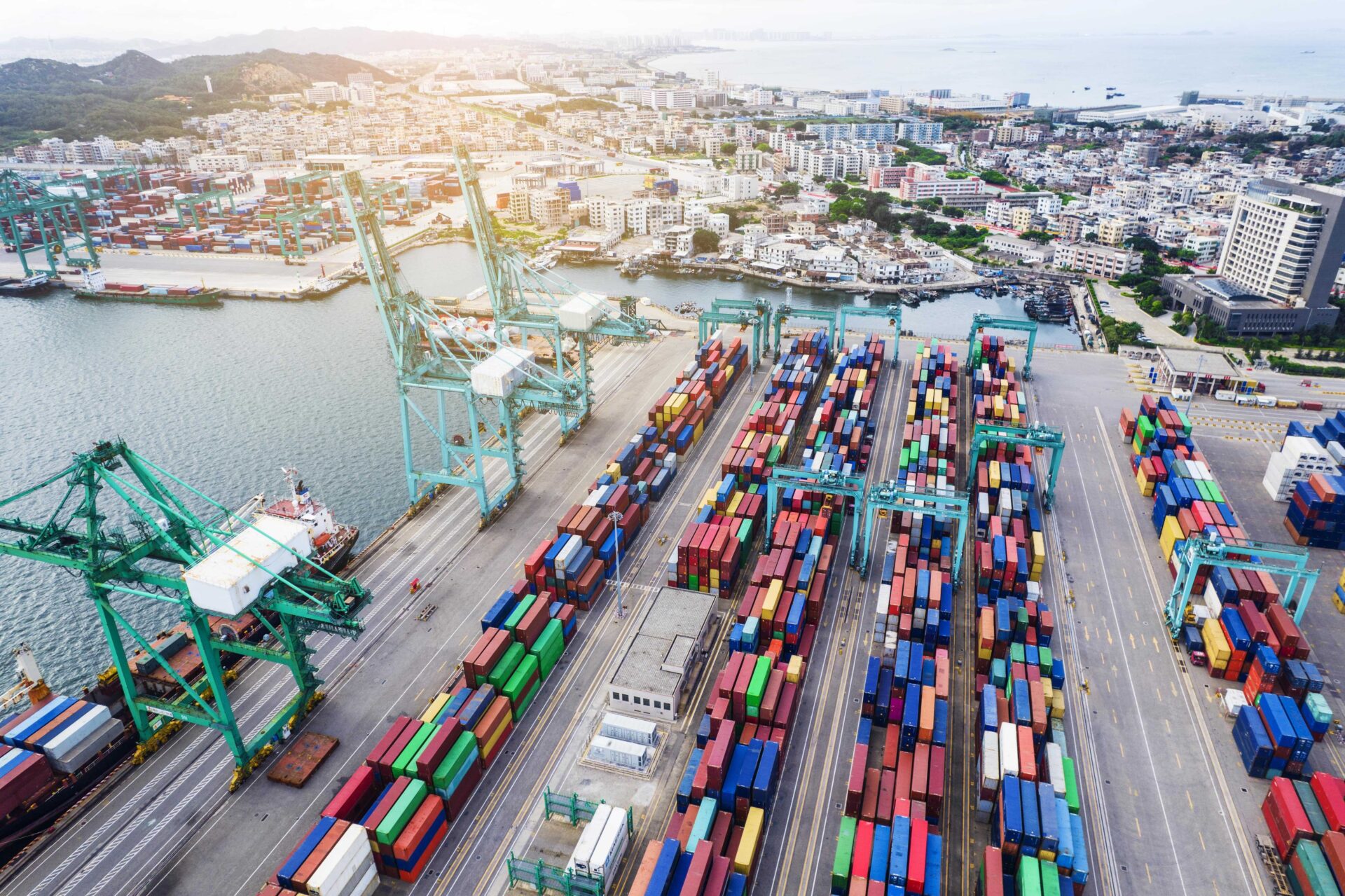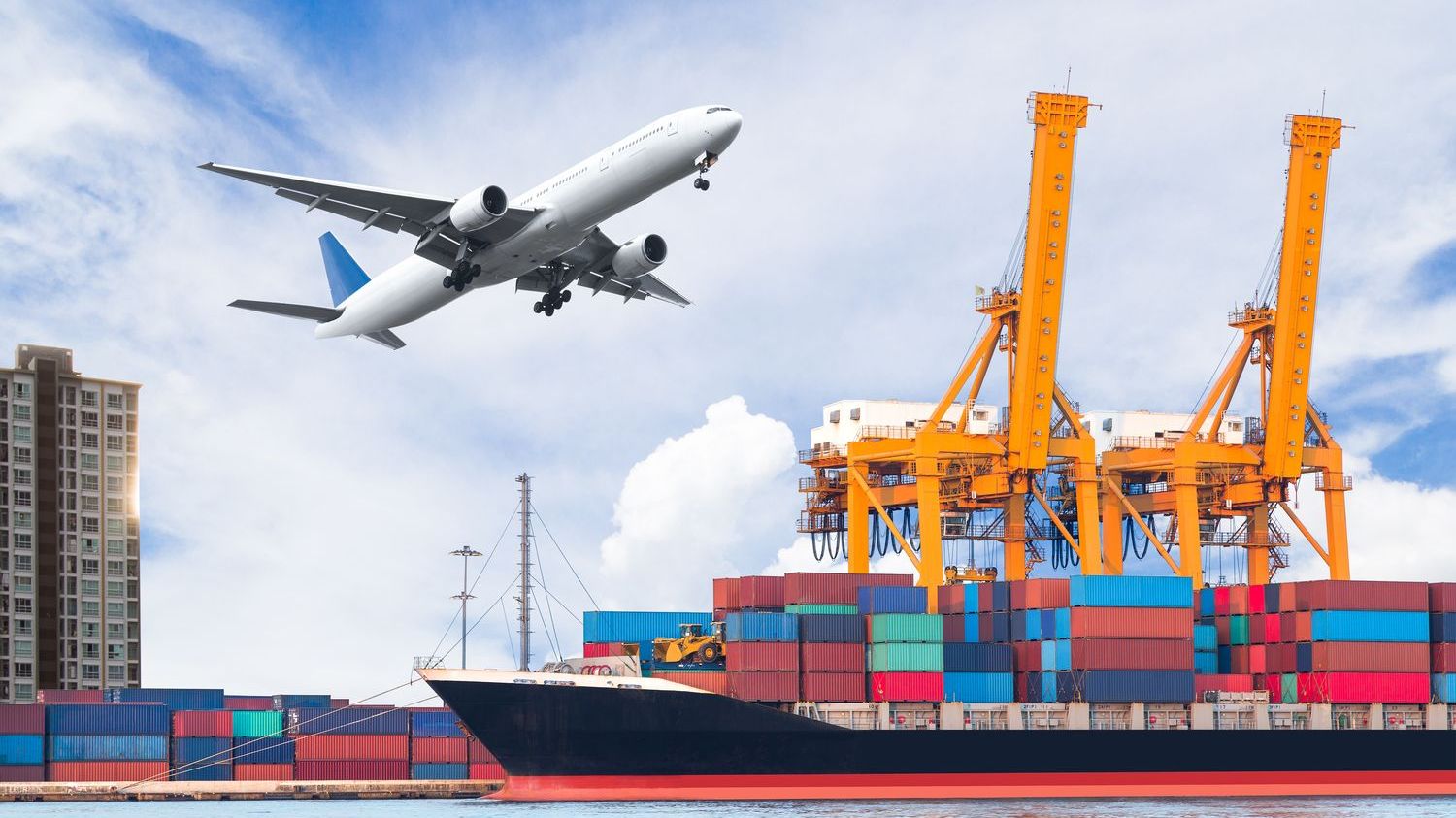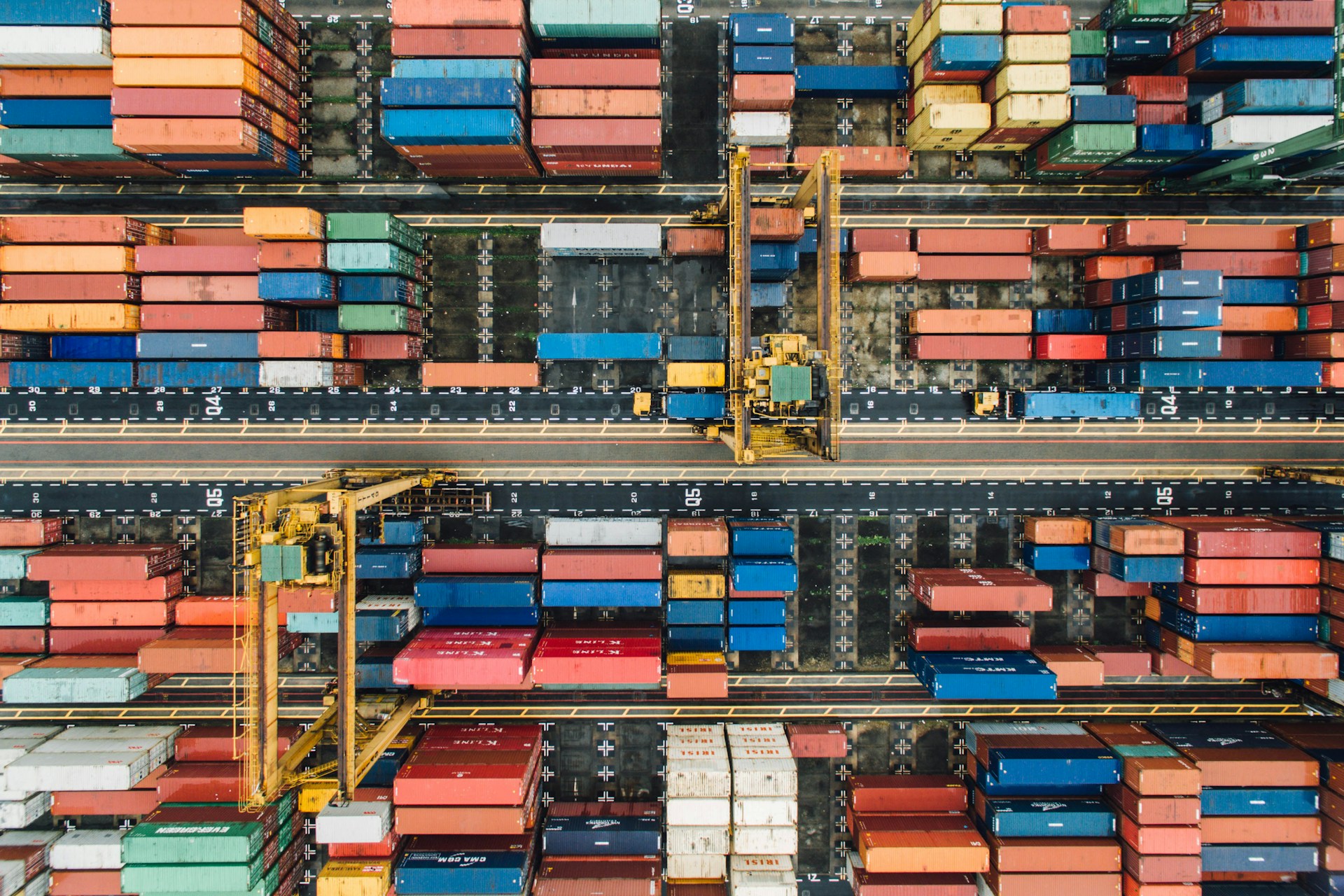In today’s global marketplace, the shipping of goods from China to the United States has become an essential part of international trade. With millions of products moving across the Pacific every day, understanding the intricacies of ocean freight is crucial for businesses seeking to streamline their supply chains. Amidst this繁忙的 logistical landscape, XRGLOBAL emerges as a standout player, offering efficient and reliable services that cater to the diverse needs of importers.
China, known for its manufacturing prowess, serves as a primary export hub for a myriad of products, ranging from electronics to textiles, and more. The United States, on the other hand, is a vast consumer market with high demand for these goods. The journey of these products from Chinese factories to American consumers often begins with ocean freight, a cost-effective and time-tested mode of transportation.
When it comes to ocean freight from China to the US, several factors come into play, such as choosing the right port of origin, selecting an efficient shipping route, and partnering with a trustworthy logistics provider. One of the key considerations is the choice between containerized shipping and less-than-container load (LCL) services. Containerized shipping offers economies of scale and better security, while LCL is more suitable for smaller consignments that may not fill an entire container.
XRGLOBAL, a forward-thinking logistics company, specializes in both options. They understand that each business has unique requirements, and their flexible approach ensures a customized solution that meets those needs. Their extensive network of partners and well-established routes allow them to navigate the complexities of the international maritime system, ensuring timely and secure delivery of goods.
Navigating the intricate regulations and customs procedures is another challenge in ocean freight. The US Customs and Border Protection (CBP) enforces strict rules and documentation requirements. XRGLOBAL’s expertise in customs clearance processes helps streamline this process, minimizing delays and ensuring a smooth flow of goods through customs.
Container consolidation and deconsolidation are additional services offered by XRGLOBAL. This involves consolidating multiple shipments into a single container or breaking down a full container into smaller units for individual customers. This not only saves on shipping costs but also optimizes space utilization, making it an attractive option for businesses with varying shipment volumes.
Transit times are a critical factor for businesses operating on tight deadlines. While ocean freight inherently takes longer than air freight, XRGLOBAL works diligently to minimize transit times by leveraging their global network and strategic partnerships. They continuously monitor vessel schedules, port conditions, and weather patterns to ensure that your cargo reaches its destination as quickly as possible.
Another aspect to consider is the choice of shipping line. XRGLOBAL collaborates with reputable carriers like Maersk, CMA CGM, and Evergreen, providing a wide range of vessels to choose from, including regular and express services. This diversity ensures that customers can select the best fit based on their specific requirements, such as speed, capacity, and cost.
Security and transparency are paramount in the shipping industry, and XRGLOBAL excels in providing real-time tracking and monitoring. Their user-friendly platform allows customers to access detailed information on their shipments, from departure to arrival, giving peace of mind throughout the transit process.
Lastly, customer service is the backbone of XRGLOBAL‘s success. Their dedicated team is available 24/7 to address any queries or concerns, ensuring a seamless experience for their clients. Their commitment to customer satisfaction is evident in their ongoing efforts to adapt and innovate, staying ahead of industry trends and challenges.
In conclusion, ocean freight from China to the US is a vital component of international trade, and choosing the right logistics partner is crucial. XRGLOBAL, with its comprehensive services, expertise, and focus on customer satisfaction, stands out as a reliable choice for businesses seeking to efficiently manage their supply chain. By partnering with XRGLOBAL, companies can navigate the complexities of international shipping with confidence, ensuring timely, secure, and cost-effective deliveries to the American market.




